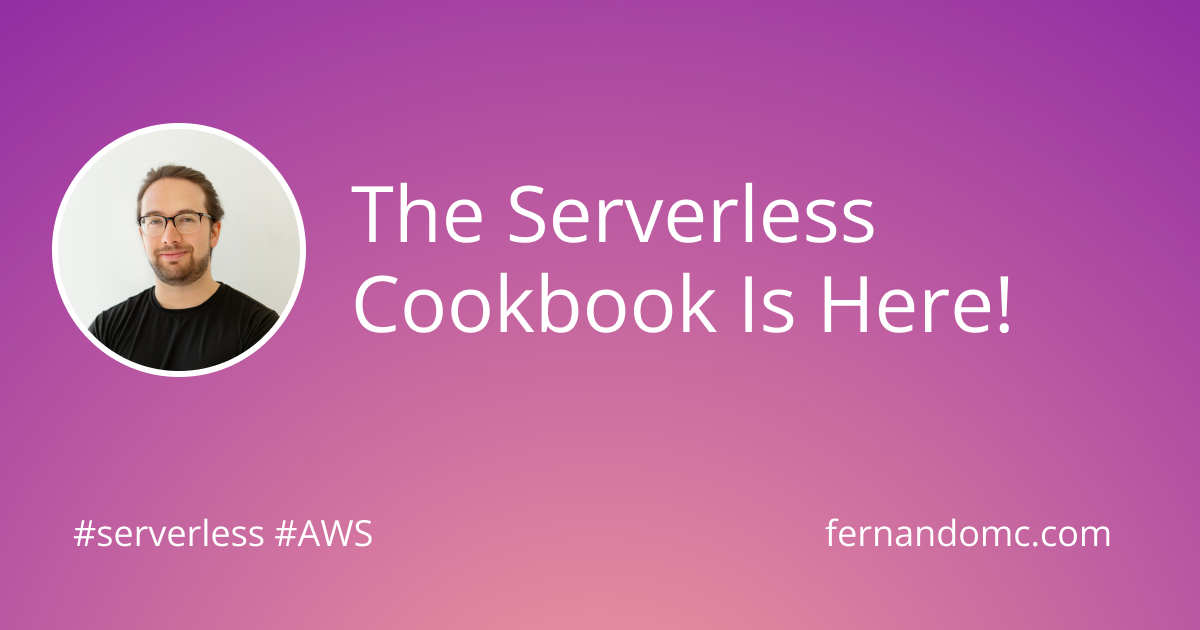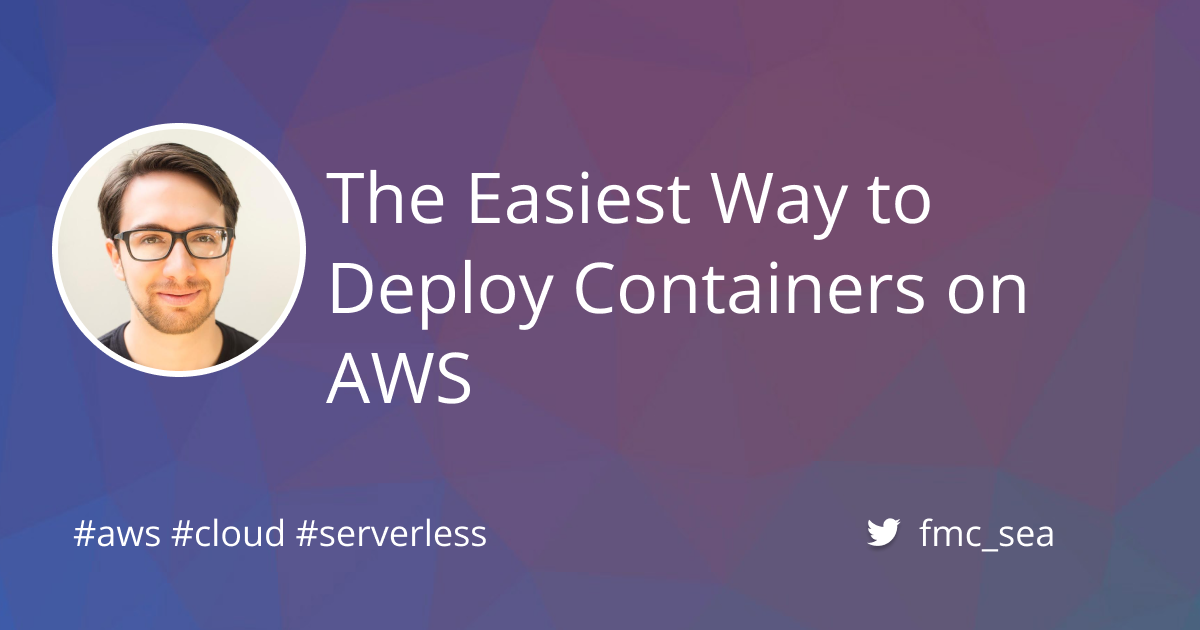Protecting the API Keys, database passwords, and other secrets used by your applications is a critically important task for any developer. Fortunately, there are excellent options for this when developing serverless applications. We’ll look at one of the most common: The AWS Systems Manager Parameter Store.
The Serverless Cookbook Is Here
Back in 2021 I started writing The Serverless Cookbook. I am thrilled to say that I have finished the first edition of the book and it is now available here!
The Easiest Way to Deploy Containers on AWS
Yes. This is clickbait. But I mean it!
I’ve spent weeks trying to configure ECS clusters, debugging Fargate, spinning up and debugging EKS cluster permissions, and even trying to deploy containers on EC2 instances and hopefully never will again!
Fortunately, AWS has an option that actually implements the full “serverless” ethos and doesn’t make me dig into as many of the dirty details as I’ve had to before: AWS App Runner. In this post I’ll show you how to throw together a simple AWS App Runner API that will help you get around any of the AWS Lambda limitations. I’ll do this with Node.js but you can easily use other languages.
Announcing: Moonrise Labs
Hello Folks,
I know I’ve been quiet recently and I want to reach back out and tell you about what I’ve been up to and give you some special subscriber benefits as a thank you for keeping tabs on me and my work.
For starters, today I’m launching Moonrise Labs!
The AWS Cloud Control API Is Not for You
Forget the hype, the new AWS Cloud Control API is not the infrastructure as code magic bullet you’re looking for.
Every AWS cloud engineer dreams of the day they can call the same API across any cloud resource to create their beautiful infrastructure seamlessly. This is because AWS has a terrible record of keeping API calls that would seem to do the same thing named consistently. If you’re looking for a solution to this out of the Cloud Control API then you’re looking in the wrong place. Let’s take a look at who really benefits from this new API, in general how it’s used, and some of the context around it.





